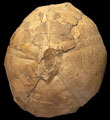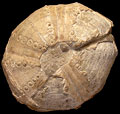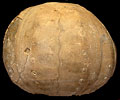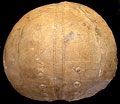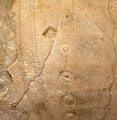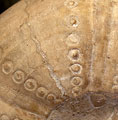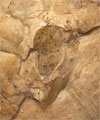The Echinoid Directory
Contributed by Andrew Smith
Orthocidaris Cotteau, 1862, p. 182, 364
[non Orthocidaris A. Agassiz, 1863, p. 17 [= objective junior synonym of Cidaris Leske, 1778, p. 74]. ]
| Diagnostic Features |
|
|---|---|
| Distribution | Lower Cretaceous (Valanginian); France. |
| Name gender | feminine |
| Type | Hemicidaris inermis Gras, 1848, p. 17, by monotypy. Holotype and only known specimen University of Lyon EM12130. |
| Species Included | Only the type species. |
| Classification and/or Status | Euechinoidea, Acroechinoidea, ?Pedinoida. Monotypic. |
| Remarks | Very similar to Mesodiadema but differing in having a much smaller apical disc. Possible represents a link between the Irregularia and the Pedinoida Cotteau, G. 1862-1867. Paleontologie francaise. Terain Cretace, Tome 7. Echinides. Victor Mason et fils, Paris. |
